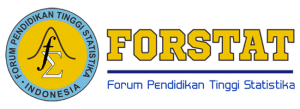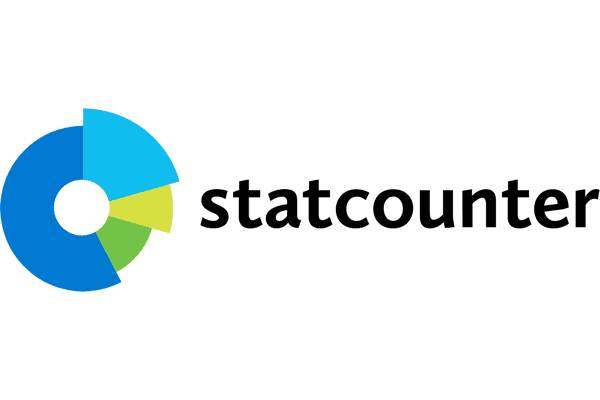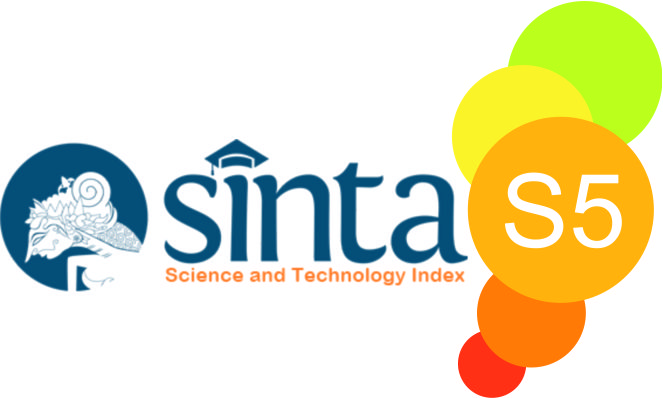Pemodelan Laju Kematian Pasien Covid-19 di RSUD Abdul Wahab Sjahranie Samarinda menggunakan Model Regresi Weibull
(1) Universitas Mulawarman
(2) Universitas Mulawarman
(3) Universitas Mulawarman
(*) Corresponding Author
DOI: https://doi.org/10.35580/jmathcos.v6i1.36379
Abstract
Model regresi Weibull adalah pengembangan dari distribusi Weibull, yakni distribusi Weibull yang dipengaruhi langsung oleh kovariat. Model-model regresi Weibull yang dibahas pada penelitian ini adalah model regresi survival Weibull dan regresi hazard Weibull. Model regresi Weibull pada penelitian ini diaplikasikan pada data waktu pasien penderita penyakit COVID-19 di RSUD Abdul Wahab Sjahranie Samarinda tahun 2021. Event penelitian ini adalah kematian pasien COVID-19. Tujuan penelitian ini adalah mengetahui model regresi survival Weibull dan regresi hazard Weibull pada data waktu rawat inap pasien penderita penyakit COVID-19, mengetahui faktor-faktor yang berpengaruh terhadap peluang pasien tidak meninggal (survive) dan laju kematian pasien penderita penyakit COVID-19, serta mengetahui interpretasi model regresi survival Weibull dan regresi hazard Weibull. Metode penaksiran parameter adalah Maximum Likelihood Estimation (MLE). Pengujian hipotesis parameter terdiri dari pengujian hipotesis parameter secara serentak dan secara parsial. Kesimpulan penelitian adalah penaksir Maximum Likelihood (ML) diperoleh menggunakan metode Iteratif Newton-Raphson. Berdasarkan pengujian hipotesis, faktor-faktor yang berpengaruh terhadap peluang tidak meninggal (survive) dan laju kematian pasien penyakit COVID-19 di RSUD Abdul Wahab Sjahranie Samarinda adalah saturasi oksigen.
Kata Kunci: Iteratif Newton-Raphson, Regresi Hazard Weibull, Regresi Survival Weibull, MLE, Penyakit COVID-19.
The Weibull regression model is the development of the Weibull distribution, namely the Weibull distribution which is affected directly by the covariates. The Weibull regression models discussed in this study are the Weibull survival regression model and the Weibull hazard regression model. The Weibull regression model in this study was applied to data of COVID-19 patients hospitalization time at the Abdul Wahab Sjahranie Hospital in Samarinda 2021. The event of this study was the death of the COVID-19 patients. The purpose of this study was to determine the Weibull survival regression model and Weibull hazard regression to data of COVID-19 patients hospitalization time, to know the factors that influence the chance of patients survive and the mortality rate of COVID-19 patients, and to interpret of the Weibull survival regression and Weibull hazard regression model. The parameter estimation method was Maximum Likelihood Estimation (MLE). Hypothesis parameter testing consists of parameter testing simultaneously and partially. Conclusion of this study that the Maximum Likelihood (ML) estimator was obtained using the Newton-Raphson iterative method. Based on hypothesis testing, the factors affecting the chance of survive and the mortality rate of COVID-19 patients at the Abdul Wahab Sjahranie Hospital Samarinda is oxygen saturation.
Keywords: Newton-Raphson Iterative, Hazard Weibull Regression, Survival Weibull Regression, MLE, COVID-19.
Full Text:
PDFReferences
Cai, H. (2020). Sex difference and smoking predisposition in patients with COVID-19. Lancet Respirratory Medicine, 8(4). DOI: 10.1016/S2213-2600(20)30117-X.
Collet, D. (1994). Modelling survival data in medical research. London: Chapman & Hall.
Dinkes Kaltim. (2021). Infografis COVID-19 Kalimantan Timur. Kalimantan Timur: Dinas Kesehatan Kaltim.
Fajriati, Nur Ainun., Suyitno., & Wasono. (2022). Model Regresi Hazard Rate Weibull Kesembuhan Pasien Rawat Inap Demam Berdarah Dengue (DBD) Di RSUD Panglima Sebaya Tanah Grogot. Jurnal Eksponensial. 13(1), 35-44.
Gustiani, M., Suyitno., & Nasution, Y. (2019). Pengaplikasian model regresi weibull univariat pada data waktu (tersensor kanan) rawat inap pasien DBD di RS Dirgahayu Samarinda. Jurnal Eksponensial, 5, 158-163.
Hosmer, D.W., Lemeshow, S., & May, S. (2008). Applied survival analysis: regression modelling of time-to-event data. 2nd edition. New Jersey: John Wilsey & Sons.
Imani, N. (2018). Implementasi Model Regresi Weibull Terhadap Faktor-Faktor yang Mempengaruhi Laju Perbaikan Kondisi Klinis Penderita Stroke. (Skripsi, Universitas Islam Indonesia, 2018).
Kemenkes RI. (2020). Pedoman Pencegahan dan Pengendalian Coronavirus Disease (COVID-19). Jakarta: Kementerian Kesehatan RI.
Mufidah, A.S. & Purhadi. (2016). Analisis survival pada pasien demam berdarah dengue (DBD) di RSU Haji Surabaya menggunakan model regresi weibull. Jurnal Sains dan Seni, 5(2), 301-306.
Pawitan, Y. (2001). In all likelihood statistical modelling and inference using likelihood. Sweden: Clarendon Press-Oxford.
Rinne, H. (2009). The weibull distribution a handbook. Germany: CRC Press.
Sukur, M.H., Bayu, K., & Ray F.N. (2020). Penanganan pelayanan kesehatan di masa pandemi COVID-19 dalam perspektif hukum kesehatan. Jurnal Inicio Legis. 1(1), 4.
Suyitno. (2017). Penaksiran parameter dan pengujian hipotesis model regresi weibull univariat. Jurnal Eksponensial.8(2), 179-184.
Wu, Z. & McGoogan, JM. (2020). Characteristics of and important lessons from the coronavirus disease 2019 (COVID-19) outbreak in china: summary of a report of 72314 cases from the chinese center for disease control and prevention. JAMA, 323(13), 1239-1242. DOI: 10.1001/jama.2020.2648.
Article Metrics
Abstract view : 223 times | PDF view : 10 timesRefbacks
- There are currently no refbacks.
Copyright (c) 2023 JMathCos (Journal of Mathematics, Computations, and Statistics)

This work is licensed under a Creative Commons Attribution-NonCommercial-ShareAlike 4.0 International License.
Indexed by:

This work is licensed under a Creative Commons Attribution-NonCommercial-ShareAlike 4.0 International License.











